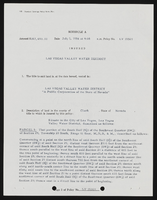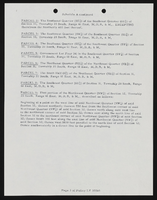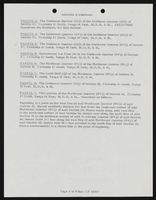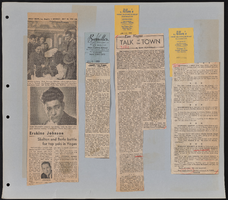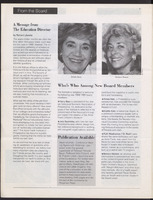Search the Special Collections and Archives Portal
Search Results
Jack K. Leavitt Collection on Las Vegas Land and Real Estate
Identifier
Abstract
The Jack Leavitt Collection on Las Vegas Lands and Real Estate (1968-1981) contains real estate property indexes for Clark County, Nevada, as well as an aerial survey of the city of Las Vegas, Nevada. The thirty-one indexes include alphabetical lists of home owners, their addresses, and maps of urban and private land parcels focusing on the cities of Las Vegas and Henderson, Nevada.
Archival Collection
Elbert Edwards Papers
Identifier
Abstract
The Elbert Edwards Papers (1869-1988) consist of manuscripts, newspaper clippings, and audio recordings documenting the history of Southern Nevada. The materials were compiled by Las Vegas, Nevada educator Elbert Edwards and contain a heavy emphasis on Mormon history. Other items of interest include biographies of Southern Nevada officials, Boulder City Cemetery genealogical records, and reports from the Clark County School District.
Archival Collection
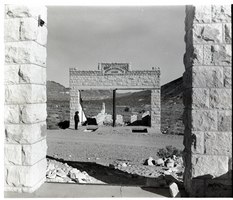
Film transparency of the ruins of the H. D. and L. D. Porter Brothers Store, Rhyolite, Nevada, November 25, 1948
Date
Archival Collection
Description
Image

